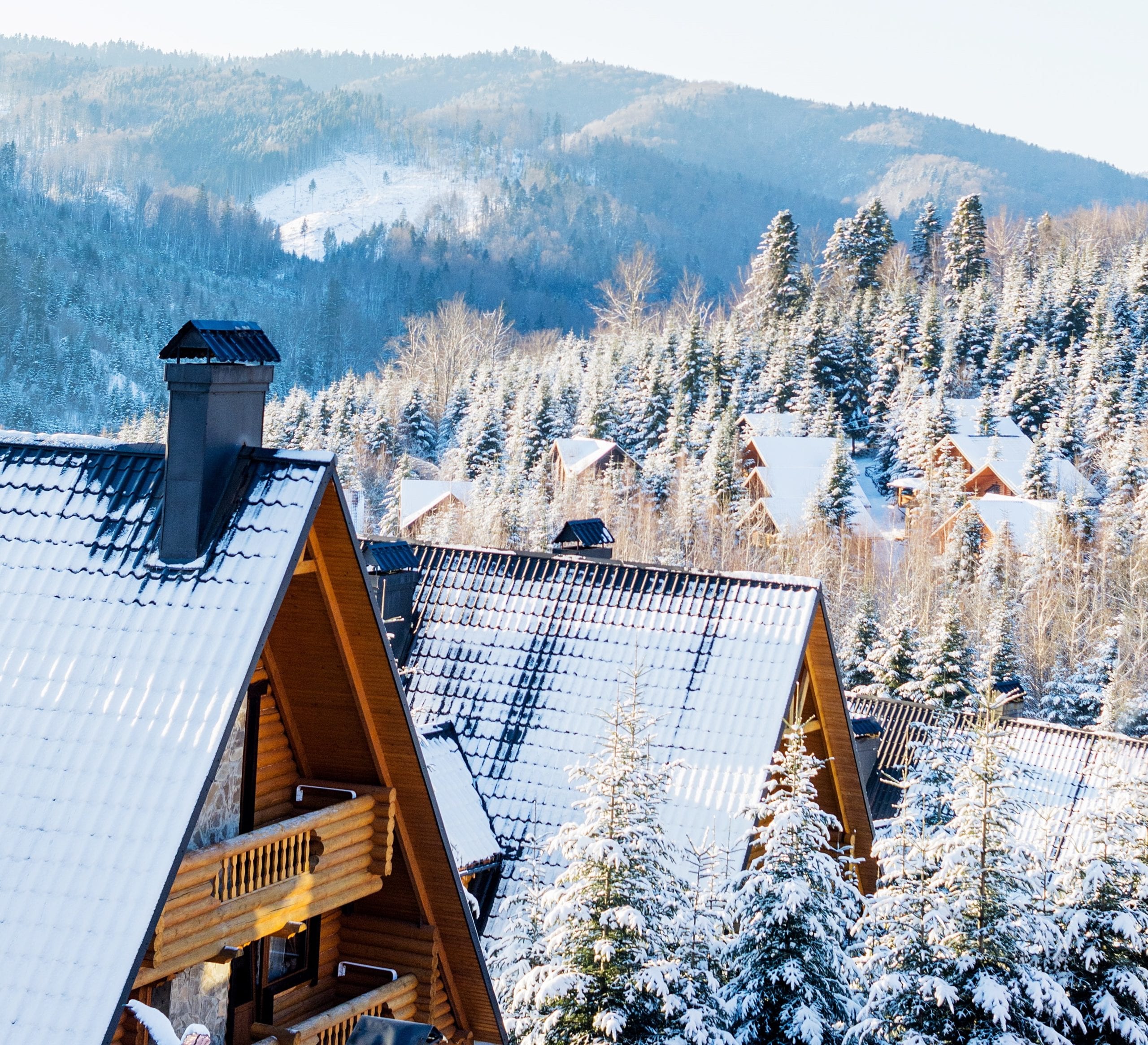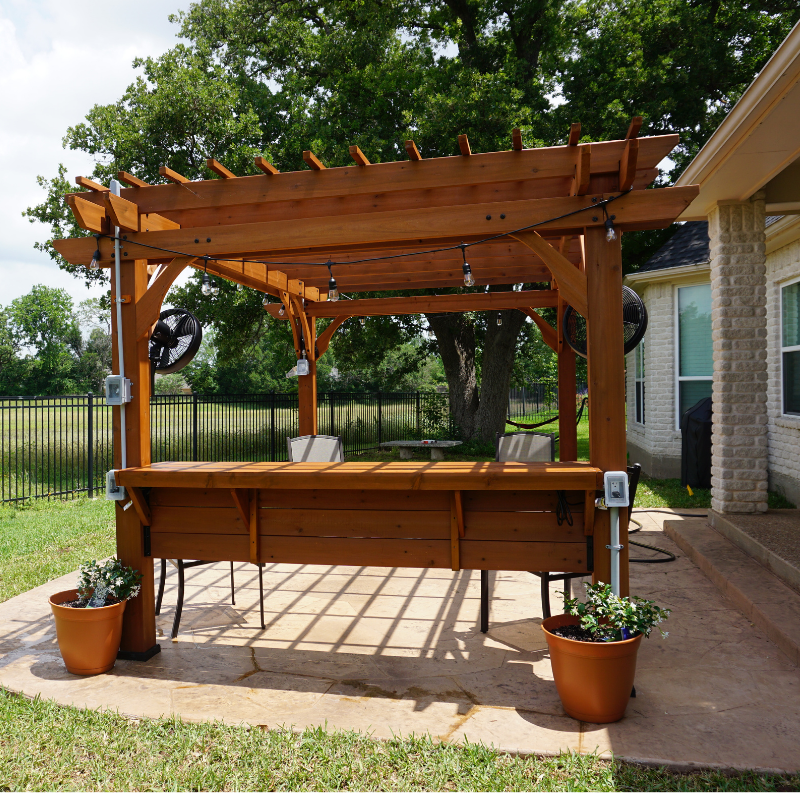You can learn a lot about building science on a frosty morning drive. The next time you are driving down a residential street on a frost morning, notice the roofs. Are they all glittery or is the frost patchy or all together absent in some places? The patterns of frost say a lot about the home. Frost is nature’s free energy audit.
Where the frost is light or missing is an indication of heat. While it might seem that a frosty roof is indication of a cold home, in fact, in most situations, it is the sign of a well-built home. A frosty roof means that the home’s heat is not escaping to the attic and warming the roof.
You may notice that some roofs have less frost higher up, which could be for a couple of reasons other than the sun hitting the top of the roof first. Heat rises so, if heat is escaping from the home into the attic, this will cause the top of the roof to warm quicker than the lower section. This is an indication that the home needs to be better sealed from the attic. In older homes, there was little effort made to seal the attic. In terms of an energy retrofit, this is some of the lowest hanging fruit and something that many homeowners can do for themselves to reduce their energy bills.
Random patches of thin or missing frost may indicate the location of an appliance such as a water heater or furnace. It may also indicate a place where insulation is thin or missing.
Another place that you will often see frost missing from a roof is under a tree. Unlike elsewhere on the roof, this is a good sign and an indication of the value of trees. Unlike build up of heat in the attic, this is the sign of heat being maintained outside the home. The canopy of a tree is like a blanket holding heat in. We think about trees shading our homes in the summer and reducing AC costs, which they do. They also help keep our homes warmer in the winter.
Nature is always talking to us, if we only take the time to listen.











